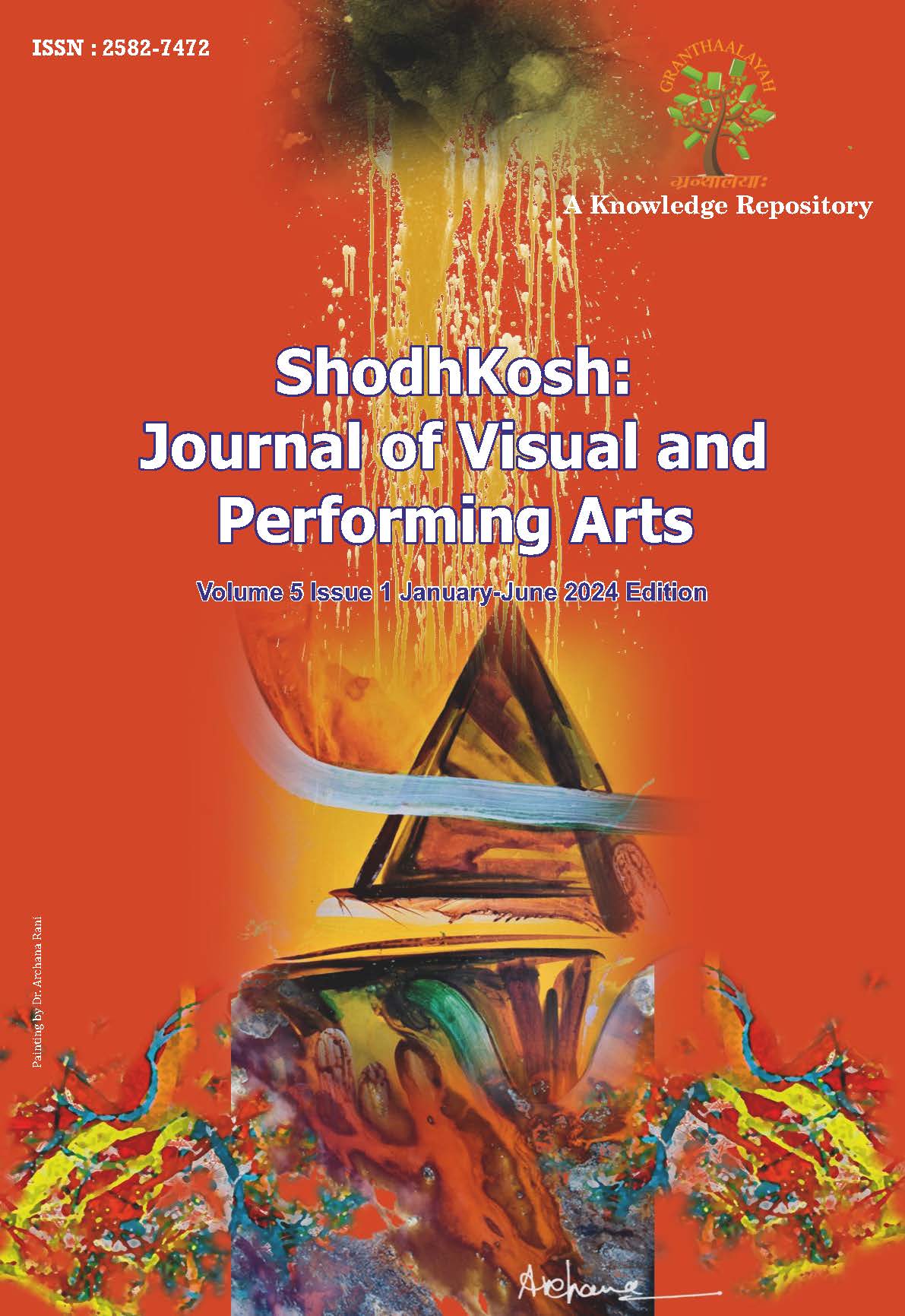EXPLORING BRAND PREFERENCE IN FAST-MOVING CONSUMER GOODS: A COMPARATIVE STUDY OF RURAL AND URBAN CONSUMERS IN SALEM
DOI:
https://doi.org/10.29121/shodhkosh.v5.i1.2024.1808Keywords:
Brand Preference, Fast-Moving Consumer Goods (FMCGs), Rural Consumers, Urban Consumers, Socio-Economic Factors, Marketing Strategies, SalemAbstract [English]
This study investigates brand preference in the Fast-Moving Consumer Goods (FMCG) sector, comparing rural and urban consumers in Salem. The primary objectives are to identify differences in brand preferences, understand the factors influencing these preferences, and assess the impact of socio-economic variables on consumer behavior. A cross-sectional survey was conducted involving a representative sample of rural and urban consumers in Salem. Data were collected through structured questionnaires focusing on brand preferences, purchasing behavior, and socio-economic factors. Statistical analyses, including t-tests, ANOVA, regression analysis, and chi-square tests, were employed to test hypotheses and draw comparisons. The study reveals significant differences in brand preferences between rural and urban consumers. Urban consumers favor premium and well-established brands, driven by brand reputation and quality. Conversely, rural consumers prefer local brands due to price sensitivity and accessibility. Socio-economic factors, such as income and education, notably influence brand preference, with higher income and educational levels correlating with a preference for premium FMCGs. Purchasing behavior also differs, with urban consumers exhibiting stronger brand loyalty and higher purchase frequency compared to the more price-sensitive rural consumers. Marketers are advised to tailor their strategies for rural and urban markets. For urban consumers, emphasis should be on product quality, innovation, and digital marketing. For rural consumers, strategies should highlight affordability, practicality, and local relevance, with a focus on promotions and traditional marketing channels. Improving distribution networks and enhancing product availability are crucial for both segments. The study enhances understanding of brand preference dynamics in FMCGs across different consumer segments in Salem. It underscores the importance of differentiated marketing strategies and offers insights into how socio-economic factors impact consumer choices. The findings contribute to both academic knowledge and practical applications in FMCG marketing.
References
Aaker, D. A. (1996). Building Strong Brands. Free Press.
Ailawadi, K. L., Neslin, S. A., & Gedenk, K. (2001). "Pursuing the Value-Conscious Consumer: A Longitudinal Analysis of Brand Preferences." Journal of Marketing Research, 38(3), 419-433.
Batra, R., Lehmann, D. R., & Singh, D. (1999). "The Role of Brand Equity in Brand Preference." Journal of Marketing, 63(3), 56-71.
Bettman, J. R., & Park, C. W. (1980). "Effects of Prior Knowledge and Experience on Consumer Decision Processes: A Protocol Analysis." Journal of Consumer Research, 7(3), 234-248. DOI: https://doi.org/10.1086/208812
Gupta, S., & Kaur, H. (2010). "Consumer Buying Behavior in Rural and Urban Markets: A Comparative Study." International Journal of Business and Management, 5(7), 68-77.
Jacoby, J., & Chestnut, R. W. (1978). Brand Loyalty: Measurement and Management. Holt, Rinehart, and Winston.
Keller, K. L. (1993). "Conceptualizing, Measuring, and Managing Customer-Based Brand Equity." Journal of Marketing, 57(1), 1-22. DOI: https://doi.org/10.1177/002224299305700101
Kotler, P., & Keller, K. L. (2016). Marketing Management (15th ed.). Pearson
Published
How to Cite
Issue
Section
License
Copyright (c) 2024 V. Maheswari, Dr. G. Kannan

This work is licensed under a Creative Commons Attribution 4.0 International License.
With the licence CC-BY, authors retain the copyright, allowing anyone to download, reuse, re-print, modify, distribute, and/or copy their contribution. The work must be properly attributed to its author.
It is not necessary to ask for further permission from the author or journal board.
This journal provides immediate open access to its content on the principle that making research freely available to the public supports a greater global exchange of knowledge.































